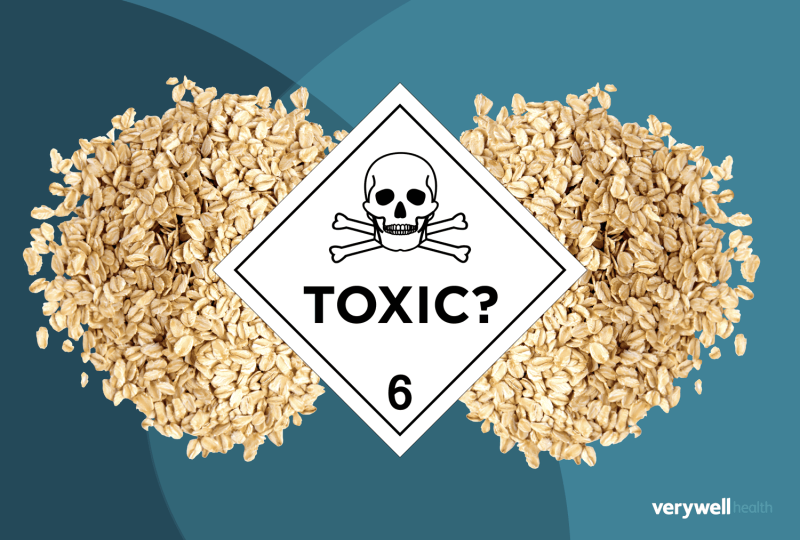So, here we go. Something else to worry about. At least according to the Environmental Working Group (EWG), a non-profit organization that states as its goal the “providing of easy access to information you need to make smart, healthy choices.” Those choices usually favour “organic” products which isn’t surprising since the organization receives significant funding from the organic industry. EWG is generally critical of the pesticides used in conventional agriculture and of many of the additives used by the food industry and often drifts from informing into alarming consumers. This time EWG has set its sights on chlormequat, a plant growth regulator that is sometimes used on oats, barley and wheat to strengthen the stalk, keeping it from bending over. This reduces crop loss when it comes to harvesting, which of course is profitable for the farmer, and hopefully reduces the price for the consumer.
First, based on only 96 urine samples from unidentified donors, it is not valid to conclude that 80 percent of consumers, in general, have chlormequat in their urine. The samples were collected in three distinct locations in Florida, South Carolina and Missouri and we have no idea if the samples came from urban or agricultural communities. Also, finding chlormequat in the urine means that it passes out of the body, which it is known to do quickly, having a half-life of a few hours.
Second, the amount detected in the urine was of the order of 50 nanograms, which is way below the acceptable daily intake. A study in Sweden that collected urine from 100 random individuals in the general population found similar results. The amounts detected were way below the acceptable daily intake (ADI).
…
As far as the oats go, the highest amount detected was 0.3 parts per million, which is way below 40 ppm, the amount of residue allowed. An individual would have to eat roughly 3 kg of oat cereal a day to reach a level where there may be some risk, were that amount eaten every day.
Third, the fertility problems were seen in animals fed higher doses than what humans could possibly consume and were seen in some studies but not others.
It is easy to scare people about chemicals if proper context is not provided.





























